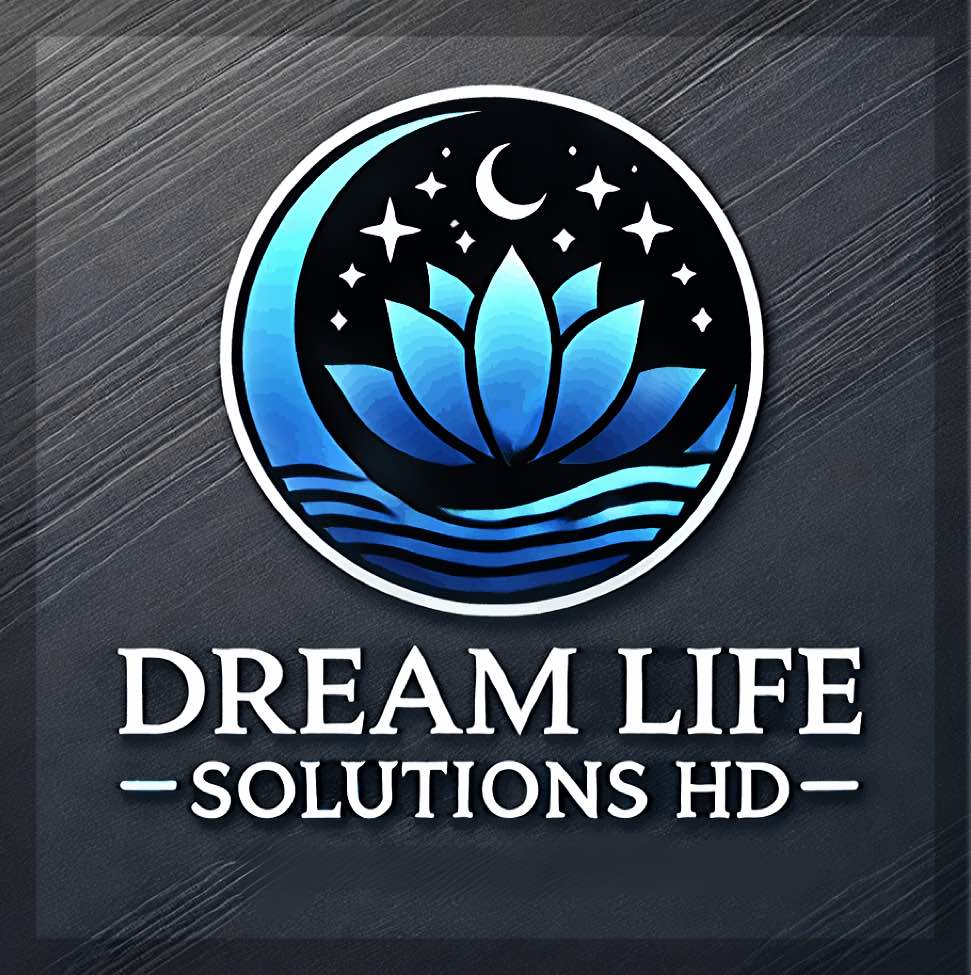
Understanding where workplace conflicts come from is the first step in managing them effectively. Each conflict is unique, but many share similar origins and a few sources of conflict can include:
- misunderstandings
- competition for resources
- differences in values and opinions
- poor communication skills
- a lack of self awareness
Addressing conflicts early is crucial. The longer a conflict festers, the harder it becomes to resolve. Early intervention prevents minor issues from snowballing into major problems. A simple conversation can often resolve what might seem like a big issue.
Ignoring conflicts not only affects the individuals involved but can also deteriorate team dynamics and overall performance. Unresolved conflicts can lead to a toxic work environment, decreased productivity, and even higher employee turnover. Recognizing the broader impact helps in taking conflicts seriously.
To effectively handle conflicts, it’s essential to analyze their root causes. Are they stemming from miscommunication or a clash of personalities? Understanding the core issue helps in crafting an appropriate response. Look beyond the surface and ask the tough questions to get to the heart of the matter.
Effective Communication: The Key to Resolving Conflicts

Active listening is a powerful tool in conflict resolution. When someone feels heard, they’re more likely to open up and engage in meaningful conversation. This means truly focusing on what the other person is saying, without interrupting or planning your response while they’re speaking.
I often try to keep in mind a quote I heard early on in my career which emphasizes that building trust and showing genuine concern for others is crucial before they will be open to sharing or valuing your insights:
~ “People don’t care how much you know until they know how much you care.”
Expressing your thoughts and feelings calmly and honestly helps others understand your perspective. It’s not about being aggressive or passive but finding that middle ground where you can communicate confidently without stepping on toes.
Empathy and emotional intelligence play significant roles in resolving conflicts. Trying to understand the situation from the other person’s viewpoint can go a long way in finding common ground. Emotional intelligence involves being aware of your emotions and managing them appropriately while also being cognizant of others’ feelings.
Ensuring that both parties feel heard and understood is essential for a successful resolution. Use techniques like summarizing the other person’s points and asking questions for clarity. This shows that you’re engaged and committed to finding a solution that works for both sides.
Strategies for Sustainable Conflict Resolution

Developing problem-solving skills is key to finding long-term solutions for conflicts. Rather than just addressing the symptoms, dig deep to find and fix the underlying issues. This might mean working together to brainstorm and implement viable solutions that everyone agrees on.
Creating a collaborative environment can ease tensions and foster better relationships. Cultivating a work culture where team members feel comfortable discussing their issues openly without fear of retaliation can make a huge difference. This includes encouraging teamwork and collective problem-solving.
Clear policies and procedures for handling conflicts provide a roadmap for resolution. If your company does not have a “Workplace Resolution Policy” or a “Respectful Workplace Policy”, then I would highly recommend you consider implementing one. When everyone knows the steps to take, how to approach and who to approach, it demystifies the process and reduces anxiety. Make sure these policies are well-communicated and accessible for all team members.
Encouraging a culture of feedback creates continuous improvement. Regularly seeking and giving constructive feedback helps catch potential conflicts early and turn them into opportunities for growth. It also fosters an environment of openness and mutual respect where conflicts can be resolved more easily.
Did you find this post helpful? Please leave a comment below, share it with your friends, and please follow us on Facebook and Instagram for more tips and insights!



